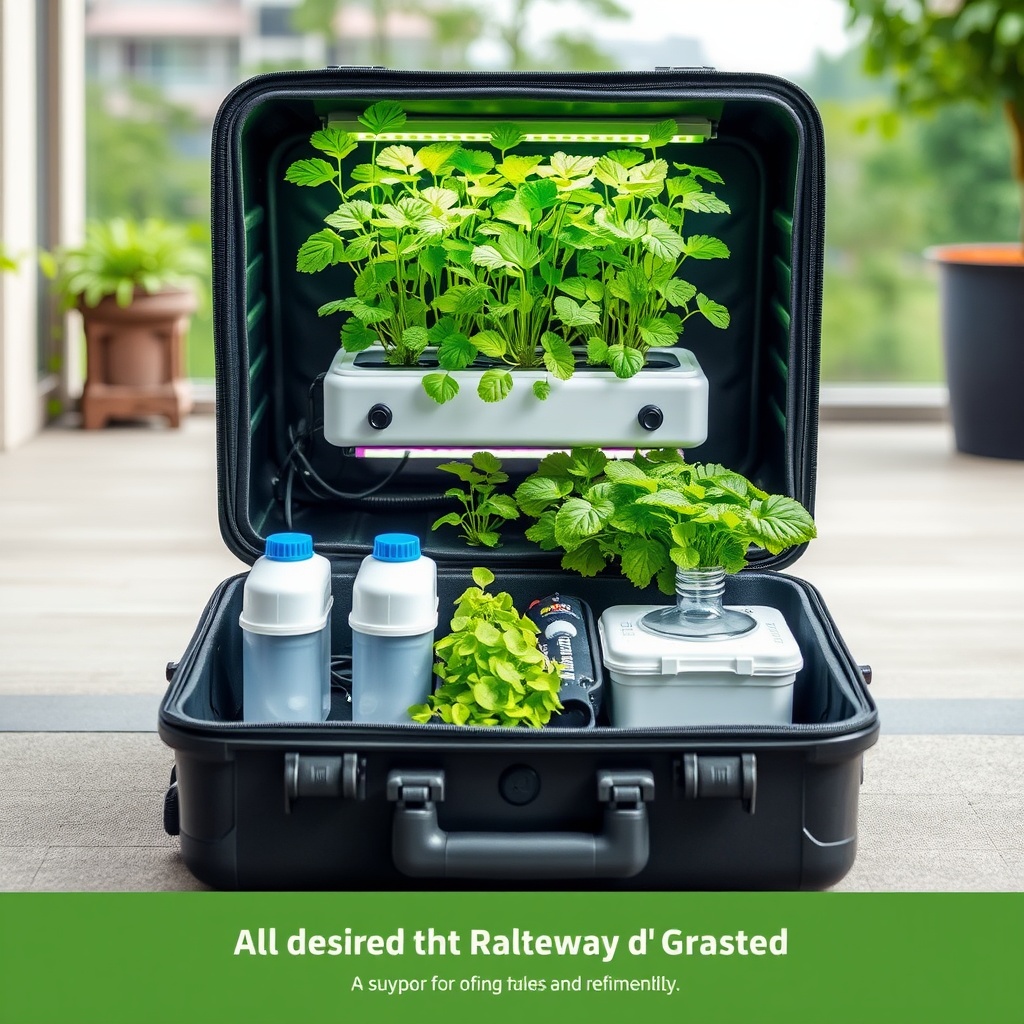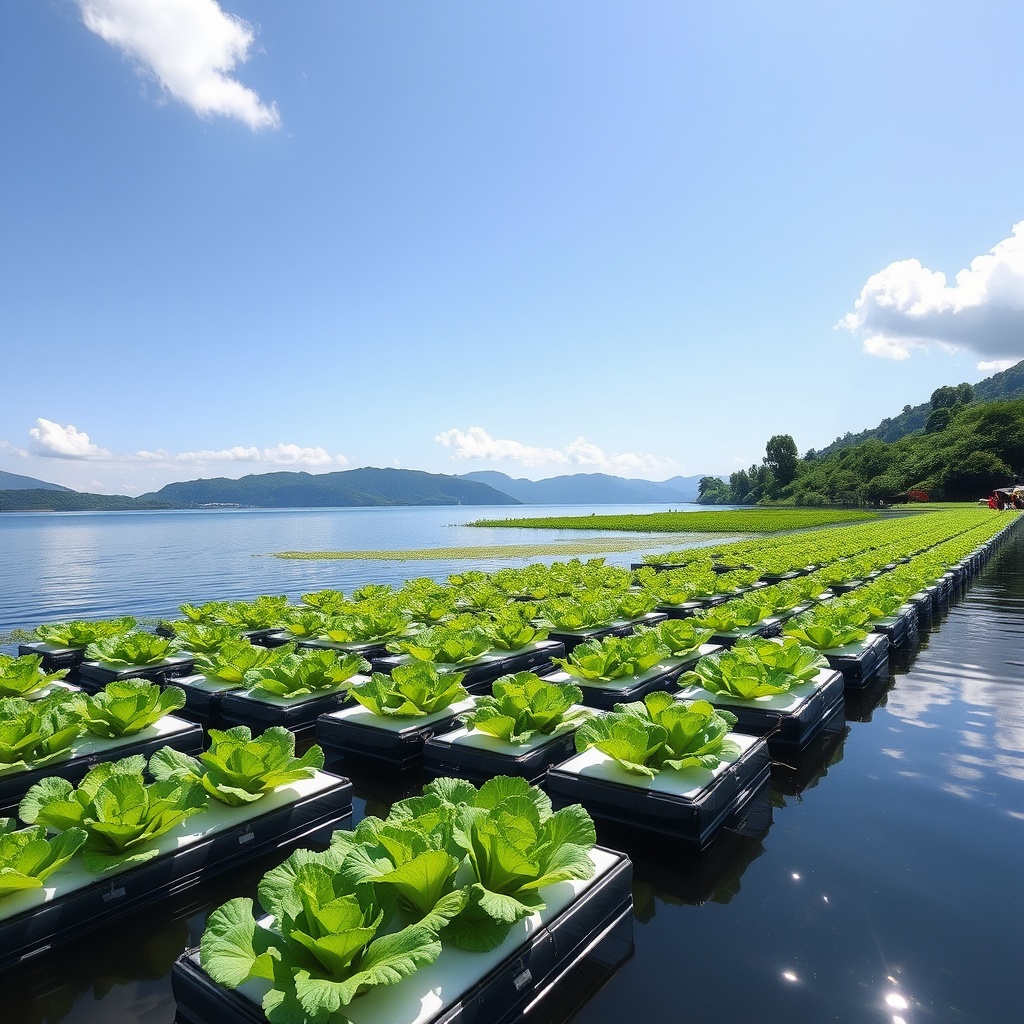Reviving Old Furniture for Modern Gardening
In an age where sustainability and creativity go hand-in-hand, the idea of repurposing old dresser drawers into a hydroponic system is not just innovative; it’s a delightful challenge for DIY enthusiasts and gardening aficionados alike. Imagine the thrill of transforming forgotten furniture into a vibrant, food-producing oasis right in your home. This project allows you to dive into the world of hydroponics while giving a second life to old furniture.
Building Your Hydroponic System: Step-by-Step
Creating a hydroponic system using dresser drawers can be a rewarding experience. Here’s a comprehensive guide to help you through the process. From selecting your drawers to setting up the system, every step is crucial to ensure your plants thrive.
- Step 1: Gather Your Materials – You’ll need old dresser drawers, a water pump, a reservoir, nutrient solution, and net pots. Consider the size of your drawers to determine how many plants you can accommodate.
- Step 2: Prepare the Drawers – Clean the drawers thoroughly, removing any old residue. Drill holes at the bottom for drainage and ensure they are watertight.
- Step 3: Assemble the Hydroponic System – Connect the water pump to your reservoir and place it inside the bottom drawer. The pump will circulate nutrient-rich water to the plants.
- Step 4: Plant Your Seeds – Fill net pots with growing medium like clay pellets or rock wool, and insert your seeds. Place the pots into the holes of the drawer.
- Step 5: Monitor and Maintain – Regularly check the water levels and nutrients, ensuring your plants receive adequate light and care for optimal growth.
Benefits of Hydroponic Gardening in Repurposed Drawers
Utilizing old dresser drawers for hydroponics not only conserves resources but also opens up a myriad of benefits for urban gardeners. Here are a few reasons why this method is gaining popularity:
- Space Efficiency: Hydroponics allows you to grow plants vertically, making it perfect for small spaces.
- Water Conservation: Hydroponic systems use less water compared to traditional gardening, making them eco-friendly.
- Faster Growth: Plants grown in hydroponic systems often grow faster and yield more produce than those grown in soil.




